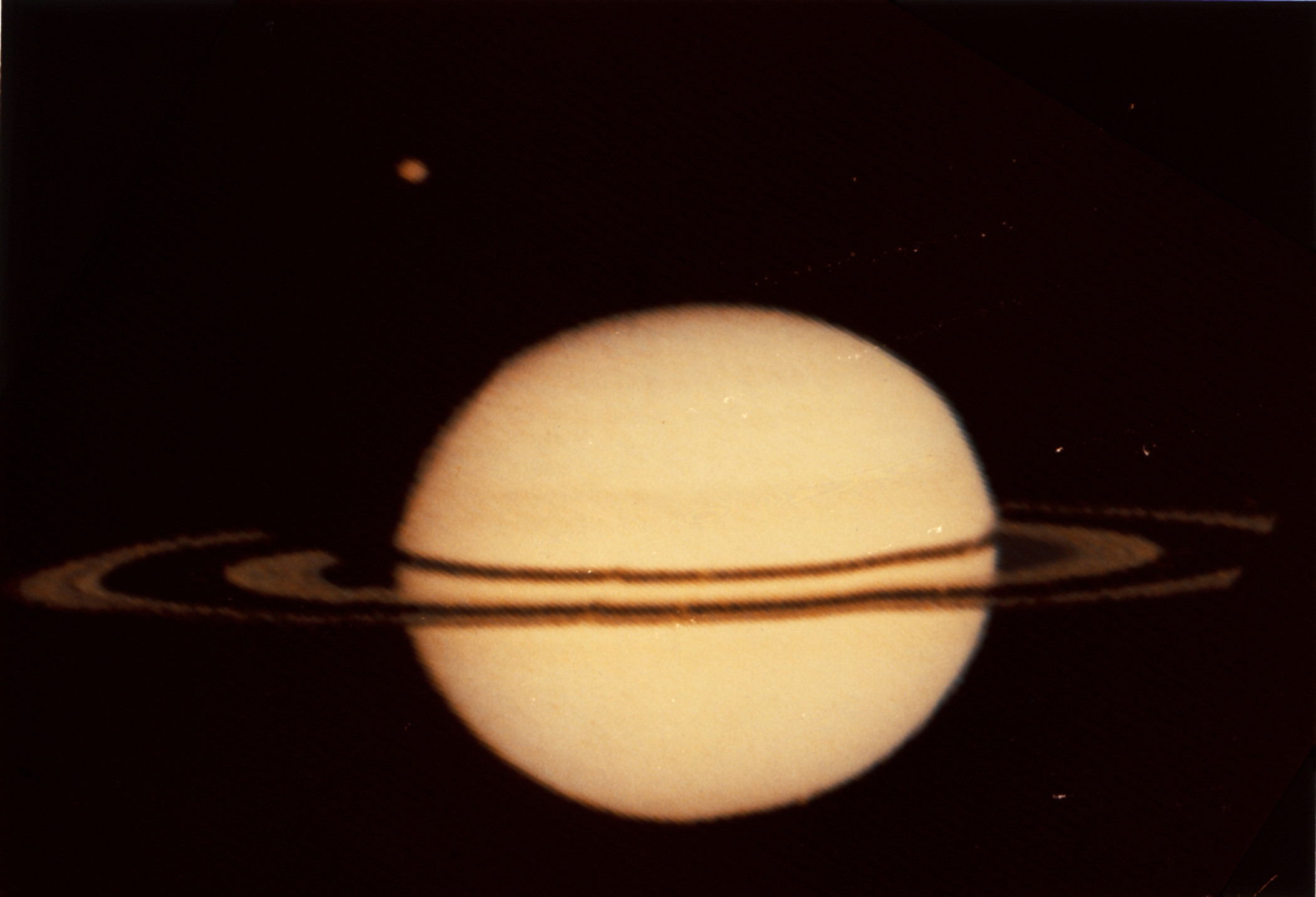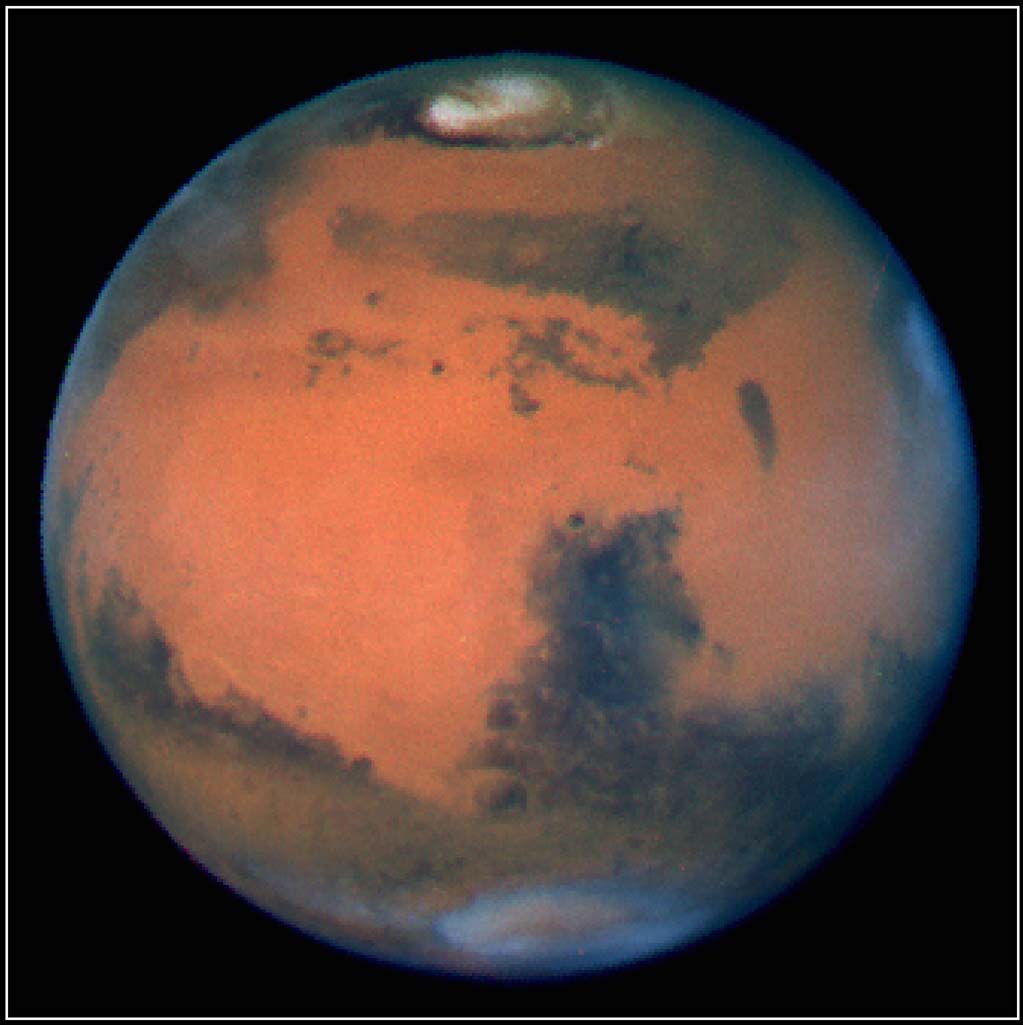Planets to see tonight from Astronomy.co.uk and text is from this website.....
JUPITER
SATURN
MERCURY
MARS
VENUS
COOL, VERY COOL!
- Jupiter is high in the east after sunset, reaching its highest point due south around 21:00 UT (Universal Time) at the beginning of the month and around 19:30 UT at the end. It gets to around 60 degrees' elevation, which is about as high in the sky as it can ever be. It has a magnitude of -2.7 and is about 5 degrees to the upper-right of the star Aldebaran. Its retrograde (westward) motion continues until the end of the month. Its angular diameter drops from 47 to 43" during January, but its atmospheric bands and larger moons can still be seen using a small telescope.
- Saturn rises around 03:00 UT at the beginning of the month and 01:00 at the end. It has a magnitude of +0.6 and an angular diameter increasing from 16.2 to 17" during the month, and lies in Libra. Its rings are now at 19 degrees to the line of sight, making them more visible than they have been for the last six years. However, the planet is not very high in the sky, and so is currently seen through more atmospheric haze. On the 30th, it casts a visible shadow on its ring system as it is at western quadrature (90 degrees from the Sun in the sky).
- Mercury can just be spotted to the lower left of Venus before dawn at the beginning of January, and similarly to the lower left of Mars just after sunset at the end, but is otherwise hidden by the Sun.
- Mars is still visible just after sunset. It can be seen early in the month at an elevation of 10 degrees in the south-west, about 45 minutes after sunset. By month's end, this decreases to 6 degrees, and the planet's angular size is only 4".
- Venus is approaching the Sun in the sky and so is coming to the end of its morning apparition. Its angular size decreases from 10.8 to 10.1" over the month, while its illuminated fraction increases from 95 to 97 percent, keeping its magnitude at a constant -3.9.




